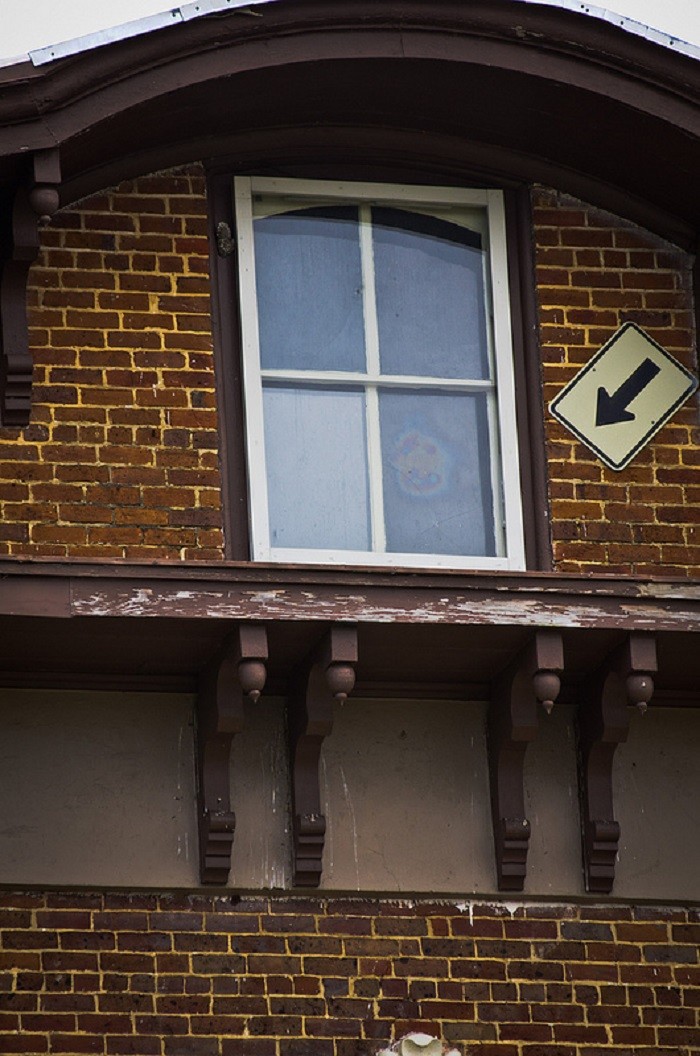Main Piece
Informant: “So there’s an old Jewish thing where two women go up to King Solomon and both of them claim that a child is theirs. So King Solomon says “let’s split this baby in half and give half to each claiming mother.” The first woman agrees, but the second woman would rather give up the whole child than have it split in half. King Solomon realizes that the second woman is the real mother of the child. The idea is that you use something crazy to bring out the truth. You use this crazy scenario to bring out the truth. So that’s the real story. But attorneys use it as a way to say the judge was not well versed on the topic and came up with a compromise that he believed was fair, but in reality hurts the actual “good person” in the case. Basically we use it as a way to say the judge came up with an unfair compromise. So we actually use that phrase incorrectly, but that’s just how we say it.”
Background
My informant is a General Litigation Lawyer at a major corporate law firm based in Century City, California. He has been working in his field for over five years. My informant uses this phrase often, and only to other lawyers.
Context
This phrase is used in a professional context, but not professionally. One lawyer may say this to another as a way to refer to a court ruling as unfair. The phrase is used in settlement or mediation and it is something either the lawyer tells his client or to another lawyer. This phrase is not used in written official statements, as it is considered unprofessional.
My Thoughts
I had never heard this saying before, but I found it interesting that lawyers knowingly use this phrase wrong. They are fully aware of how the phrase is supposed to be used, but they still modify it and use it in a way that suits their needs. This is a good example of how the meaning of a piece of folklore can change to accommodate certain groups of people, and in this case, lawyers. Originally, this phrase was used to express an outrageous method that yielded accurate results, but lawyers use it as a way to express an unfair compromise on the part of the judge. Lawyers have adopted this phrase into their occupational folk group and modified it to fit their needs. This suggests that, if someone outside of this folk group were to hear lawyers use this phrase, one would misunderstand what is being communicated with the phrase because it is being used incorrectly. Thus, one would not understand the use of the phrase from the outside looking in.
For further reading about occupational folklore, see Robert McCarl’s chapter in Elliot Oring’s Folk Groups And Folklore Genres: An Introduction titled “Occupational Folklore.”
Source:
McCarl, Robert. “Chapter 4: Occupational Folklore.” Folk Groups And Folklore Genres: An Introduction, edited by Elliott Oring, Utah State UP, 1986, pp. 71-90.

